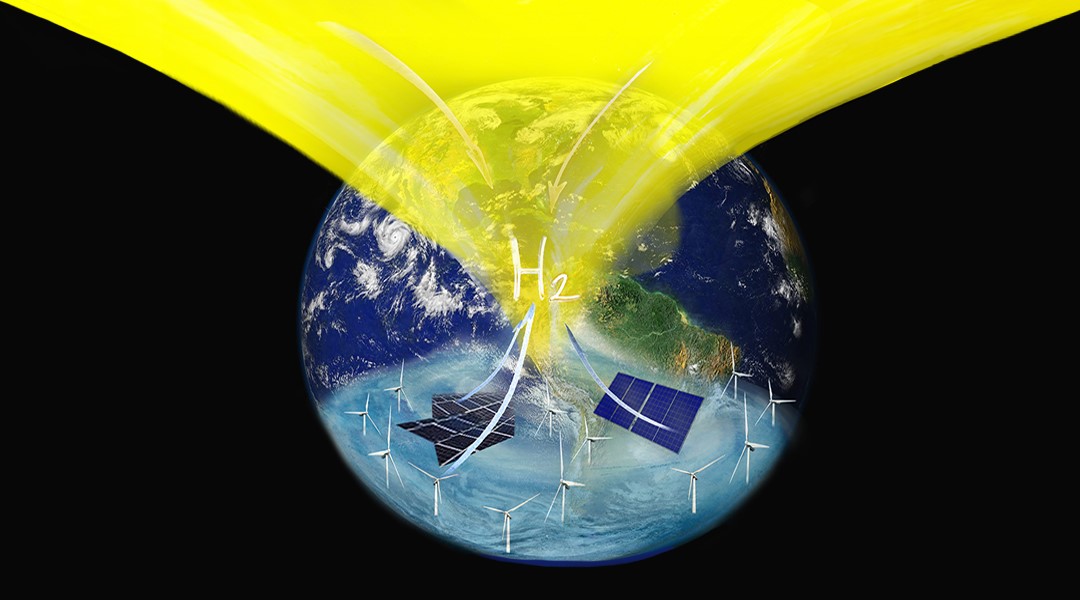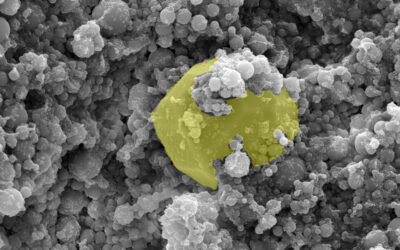Now and again a paper appears in the science and engineering open-literature that takes your breath away.
One such paper that astounded us with its significance recently appeared in the Proceedings of the National Academy of Science (PNAS) from researchers in Germany and the United States. They performed an engineering-level life cycle analysis (LCA) of the 20 most important large-volume products of the chemical industry, together accounting today for more than 75 % of the chemical industry’s greenhouse gas (GHG) emissions. Their goal was to determine the technical potential of carbon capture and utilization (CCU) in reducing the carbon footprint of the chemical industry for mitigating climate change.
Comparing three scenarios—one “business-as-usual,” one “high technology readiness level” (TRL) relying only on technologies which are close to large-scale feasibility, and one “low TRL” scenario relying on sophisticated technologies currently under research—the study concludes that for production of the top 20 commodity chemicals, by decoupling fossil based power and carbon feedstocks from chemical manufacturing through the implementation of CCU, the overall potential exists to cut 3.5 Gt of annual CO2 emissions, which is almost 10% of the 2018 global anthropogenic CO2 emissions of 41±4 Gt.
However, it was quite an eye-opener to discover from this study that the full deployment of CCU technology in the chemical industry did not just depend on the cost of low-carbon renewable electricity and the CO2 reduction potential. It also was contingent upon whether the large amount of electricity required could actually be provided and, considering that low-carbon renewable energy is today (and probably will be in near future) a scarce resource, whether it is more efficient to use the electricity to decarbonize the chemical industry or rather deploy it elsewhere in Power-to-X technologies that have higher CO2 reduction potentials per input unit of low carbon electrical energy. Such technologies, for instance, could be heating a boiler, deploying a heat pump, or replacing internal combustion cars by electric mobility automobiles.
The authors conclude that considering the “efficiency” of different technologies to reduce CO2 emissions with a given low-carbon energy input and assuming that the distribution of low-carbon energy had no cost, it was only reasonable to implement CCU in the chemical industry if the demands of the “champion” technologies with the highest CO2 reduction efficiency are already satisfied. However, the authors outline that this logic does not apply in very remote regions with a high potential for low-carbon renewable energies but no grid connection. In this case, the transportation of energy had a significant cost and it would indeed be reasonable to implement CCU in chemical production.
One can summarize the main challenge in achieving the goal of a chemical industry without any dependency on fossil fuels as this: Where do we find more than 32 PWh (high-TRL scenario) or 18.1 PWh (low-TRL scenario) of renewable electricity with a low carbon footprint? This is equivalent to about 97 % (high-TRL scenario) or 55% (low-TRL scenario) of global electricity production projected to 2030.
Depending on the TRL of the different scenarios for CCU, this amount of additional electricity is about 100–200% beyond 2030 targets for the global production of renewable electricity.
Reaching this “impossible” goal is unachievable with current sustainability policies, which determine the carbon footprint of grid electricity. Furthermore, the grid electricity is country-, location-, and technology-dependent, and truth be told, it may or may not reduce greenhouse gas emissions.
As practitioners of the art and science of heterogeneous photocatalysis, which uses sunlight to drive gas-phase reactions of CO2 and H2 under mild conditions—photochemically and/or photothermally—to chemicals and fuels, the main takeaway message of this PNAS report is the dire need for catalyst and reactor technologies to generate electricity-free, renewable H2 under mild conditions rather than through electrolysis of H2O.
In this vein, we throw down the gauntlet for the rapid development and deployment of an electricity-free, solar-powered, close-to-ambient, scalable, low-cost, renewable H2 technology, not just for CCU in the chemical industry, but also in fuel cells for electricity generation, reduction of metal ores in mining, synthesis of ammonia for fertilizer production, and rocket fuel for the space program.
Seeing that the numbers in this PNAS publication are in line with a myriad of other articles discussing CO2 reduction technologies and their respective climate change mitigation potential, and representing the more and more unmanageable resource demand of humanity, one could also start thinking about one of the very basic yet questionable principles of our society: consumption.
Of course, this thinking is idealistic. But we should at least think about and vividly discuss the idea that we need to reduce the importance we award nowadays to consumption of goods and mobility in our society. This debate would tackle the problem of anthropogenic CO2 emissions at its source.
Written by:
Geoffrey Ozin1 and Paul Kant2
1 Solar Fuels Group, University of Toronto, Toronto, Ontario, Canada, Email: [email protected], www.nanowizard.info, www.solarfuels.utoronto.ca, www.artnanoinnovations.com
2 Institute for Micro Process Engineering (IMVT), Karlsruhe Institute of Technology (KIT), Germany, www.imvt.kit.edu
Artwork by Todd Siler www.toddsilerart.com
________________________________
This article is part of a series celebrating World Environment Day 2019.

















